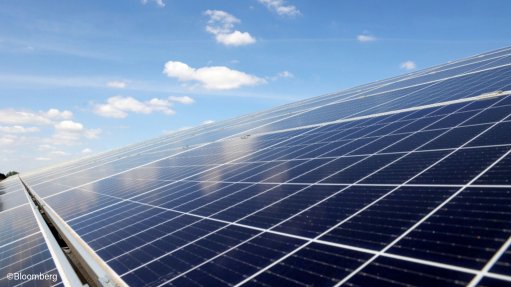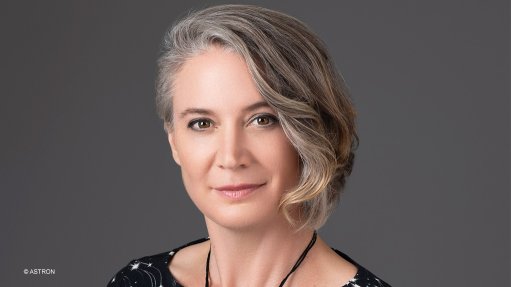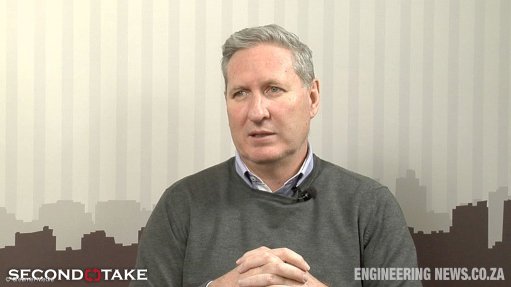Full transparency
The decision to draw down R150-billion from the Gold and Foreign Exchange Contingency Reserve Account (GFECRA) to reduce government borrowings and surging debt-servicing costs was the major feature of last week’s Budget.
The proceeds will help reduce government’s gross borrowing requirement from R553.1-billion in 2023/24 to R428.5-billion in 2026/27 and reduce debt-service costs by R30.2-billion over the coming three years relative to earlier projections.
The move has raised eyebrows, however, particularly because it materially improved the fiscal outlook without the Finance Minister having to slash spending or raise taxes. The scepticism was amplified by the fact that the move was announced the day after May 29 was declared as election day.
That said, the development was not entirely unexpected, with several economists having highlighted the potential of GFECRA to help South Africa out of its current bind.
The account itself is held at the South African Reserve Bank (SARB) and captures losses and profits on foreign currency reserve transactions and protects the bank from currency volatility. When the rand depreciates, as it has done consistently since the Global Financial Crisis, the balance in the account improves, with balances in favour of the SARB having surged from R28-billion in 2023 to R507.3-billion in January 2024.
Under the proposed settlement agreement, a portion of the valuation gains will be drawn down over the coming three years to reduce borrowings. To make the R150-billion available to the National Revenue Fund, R250-billion of the GFECRA funds will be employed, with R100-billion to be directed towards the SARB to cover interest-rate sterilisation costs that will arise because of increased liquidity. In other words, it’s a complex structure and not cost-free.
As important as the actual drawdown, however, are moves to formalise a framework for managing the count in future, no matter who the Minister and governor are.
Here, South African should pay close attention, notwithstanding the National Treasury’s assurances that the framework will protect the bank and is in line with what other countries do globally.
Under the proposed framework, valuation gains will be allocated across three “buckets”, with the first bucket retaining sufficient funds to absorb exchange rate swings. Once this condition is met, funds will be distributed to the second bucket, a Reserve Bank contingency reserve, to ensure the central bank’s solvency and to pay sterilisation costs to neutralise the interest-rate impact. Only after these obligations are settled will funds be distributed to the National Treasury.
This cascading profile has reportedly been guided by principles developed in consultation between the National Treasury, the SARB and international experts. These include a commitment to a clear and transparent framework that prevents ad hoc drawdowns, as well as a limitation on the proceeds being used to reduce borrowings.
The framework appears rational, but it should nevertheless still be subjected to some kind of transparent public consultation process, without delaying the flow of the fiscal benefits that are immediately available following what were obviously intense interactions between the National Treasury and the SARB.
Comments
Press Office
Announcements
What's On
Subscribe to improve your user experience...
Option 1 (equivalent of R125 a month):
Receive a weekly copy of Creamer Media's Engineering News & Mining Weekly magazine
(print copy for those in South Africa and e-magazine for those outside of South Africa)
Receive daily email newsletters
Access to full search results
Access archive of magazine back copies
Access to Projects in Progress
Access to ONE Research Report of your choice in PDF format
Option 2 (equivalent of R375 a month):
All benefits from Option 1
PLUS
Access to Creamer Media's Research Channel Africa for ALL Research Reports, in PDF format, on various industrial and mining sectors
including Electricity; Water; Energy Transition; Hydrogen; Roads, Rail and Ports; Coal; Gold; Platinum; Battery Metals; etc.
Already a subscriber?
Forgotten your password?
Receive weekly copy of Creamer Media's Engineering News & Mining Weekly magazine (print copy for those in South Africa and e-magazine for those outside of South Africa)
➕
Recieve daily email newsletters
➕
Access to full search results
➕
Access archive of magazine back copies
➕
Access to Projects in Progress
➕
Access to ONE Research Report of your choice in PDF format
RESEARCH CHANNEL AFRICA
R4500 (equivalent of R375 a month)
SUBSCRIBEAll benefits from Option 1
➕
Access to Creamer Media's Research Channel Africa for ALL Research Reports on various industrial and mining sectors, in PDF format, including on:
Electricity
➕
Water
➕
Energy Transition
➕
Hydrogen
➕
Roads, Rail and Ports
➕
Coal
➕
Gold
➕
Platinum
➕
Battery Metals
➕
etc.
Receive all benefits from Option 1 or Option 2 delivered to numerous people at your company
➕
Multiple User names and Passwords for simultaneous log-ins
➕
Intranet integration access to all in your organisation




















